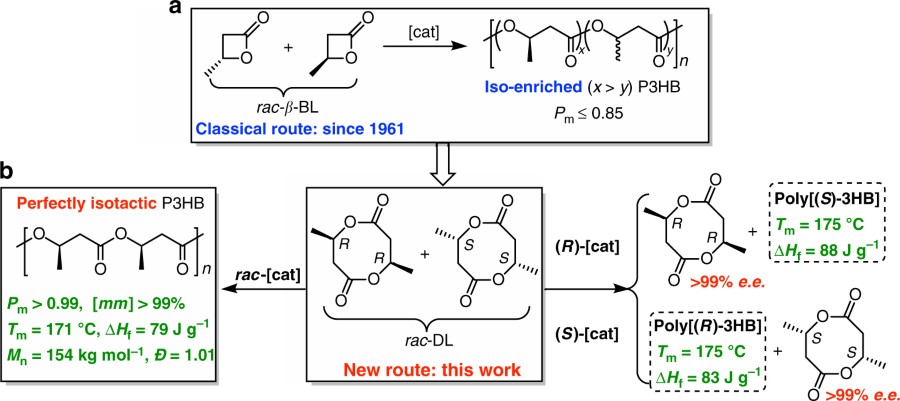
We use plastics in almost every aspect of our lives. These materials are cheap to make and incredibly stable. The problem comes when we’re done using something plastic—it can persist in the environment for years. Over time, plastic will break down into smaller fragments, called microplastics, that can pose significant environmental and health concerns.
The best-case solution would be to use bio-based plastics that biodegrade instead, but many of those bioplastics are not designed to degrade in backyard composting conditions...
Read More








Recent Comments